Boosting your attraction's visibility both online and locally is essential for drawing in visitors and increasing revenue.
On-page and local SEO are powerful tools that can help your attraction appear in search results when potential visitors are looking for things to do in your area.
Let’s dive into how you can optimise these strategies to drive both web traffic and foot traffic for your venue.
Common Mistakes to Avoid
- Ignoring Local Signals: Failing to optimise for local search terms or neglecting to claim and maintain your Google My Business profile can significantly reduce your local visibility. Be sure to check your profile at least weekly to ensure it’s up-to-date.
- Keyword Misalignment: Not using or poorly integrating keywords that match visitor search intent can result in your site not appearing in relevant search results so be sure to check and update your key landing pages regularly.
- Inconsistent NAP Data: Discrepancies in your name, address, and phone number (NAP) across online platforms can harm your local SEO efforts, making it harder for search engines to trust your information.
- Neglecting Content Optimisation: Failing to optimise title tags, meta descriptions, and image alt texts with relevant keywords means missed opportunities for search engines to index your content properly - make sure you are using your website CMS to add these or keep them up-to-date throughout the year.
Recommendations for Effective SEO
- Keyword Research: Conduct thorough keyword research to understand what terms your potential visitors are using. Incorporate these keywords naturally into your site content to ensure it aligns with visitor search intent. You can use AI to get a head start with this as it can rapidly brainstorm and highlight gaps - the paid ChatGPT can browse the internet too now, so try giving it some webpages to check.
- Optimise Local Listings: Ensure your Google My Business listing is accurate, fully optimised, and active. This helps your attraction appear in local search results and on Google Maps, making it easier for visitors to find you.
- Consistent NAP Information: Make sure your business’s name, address, and phone number are consistently listed the same way across all digital platforms. This consistency helps build trust with search engines and improves your local SEO ranking.
- Enhance On-Page Elements: Optimise all on-page elements like meta tags, headings, and images with relevant localised content. This can improve your search engine visibility and help attract more local visitors.
Detailed Breakdown
1. Keyword Research: The Foundations
Understanding what your potential visitors are searching for is the cornerstone of effective SEO. Use tools like Google Keyword Planner, SEMrush, or Ahrefs to identify high-traffic keywords related to your attraction. Focus on both general terms (e.g., "theme park") and local terms (e.g., "theme park in London"). Of course, general terms have higher search volumes, but take a lot more time and effort to rank highly for them - partnering with Days Out websites or influencers can help target a broader audience.
- Incorporate Keywords Naturally: Avoid keyword stuffing. Instead, weave keywords naturally into your content, including in headings, subheadings, and body text. Remember that all the search engines are trying to do is to provide the most relevant result for a given search query.
- Long-Tail Keywords: Use long-tail keywords that reflect specific visitor intents, such as "family-friendly rides at [Your Venue]" or "best time to visit [Your Venue]."

2. Optimise Local Listings: Be Found Locally
Your Google My Business (GMB) profile is a critical component of local SEO. It provides searchers with essential information about your attraction, such as location, hours of operation, and reviews.
- Claim and Verify Your GMB Profile: Ensure that your profile is claimed and verified. This adds credibility and helps your attraction show up in local searches.
- Complete Your Profile: Fill out every section of your GMB profile, including adding high-quality images, business categories, and services.
- Encourage Reviews: Positive reviews can enhance your profile’s visibility. Encourage satisfied visitors to leave reviews and respond to them to show engagement.
3. Consistent NAP Information: Building Trust
Consistency in how your NAP information is presented across all online platforms is crucial. Any discrepancies can confuse search engines and potential visitors.
- Audit Your Listings: Regularly audit all listings where your NAP information appears (e.g., Yelp, TripAdvisor, social media profiles) to ensure consistency.
- Use Tools to keep it in sync: Utilise tools like Moz Local or Yext to manage and sync your NAP information across various platforms.

4. Enhance On-Page Elements: Optimise Your Content
Optimising on-page elements ensures that search engines can easily index and understand your content, improving your chances of appearing in relevant searches.
- Title Tags and Meta Descriptions: Craft engaging and keyword-rich title tags and meta descriptions for each page. These elements are crucial for search engine visibility and click-through rates. Again, AI can help give you a head start here.
- Headers and Subheaders: Use headers (H1, H2, H3) to structure your content. This not only makes it easier for visitors to read but also helps search engines understand the hierarchy and relevance of your content.
- Image Optimisation: Use relevant keywords in your image alt texts and file names. This can improve your visibility in image search results and provide additional context to search engines.

Next Steps for Ongoing SEO Success
- Review and Refine SEO Strategy: Regularly update your content and keywords according to the latest search trends. SEO is not a one-time task but an ongoing process.
- Update Local Listings: Keep your Google My Business and other local listings current and engaging. Regular updates help maintain your visibility and relevance in local searches.
- Monitor Performance: Use tools like Google Analytics and Google Search Console to track your SEO performance. Adjust your strategies based on the data to continually improve your visibility and traffic.
Conclusion
Mastering on-page and local SEO is essential for attracting more visitors to your attraction. By avoiding common pitfalls, conducting thorough keyword research, optimising local listings, ensuring consistent NAP information, and enhancing on-page elements, you can significantly boost your attraction’s visibility and draw in more visitors. Remember, SEO is an ongoing effort that requires regular updates and refinements, but the payoff in increased traffic and engagement is well worth it.
Not sure where to start - download the LOOP Website Optimisation Canvas or get in touch and we’ll be happy to help.



.png)
.png)
%20(1).png)






